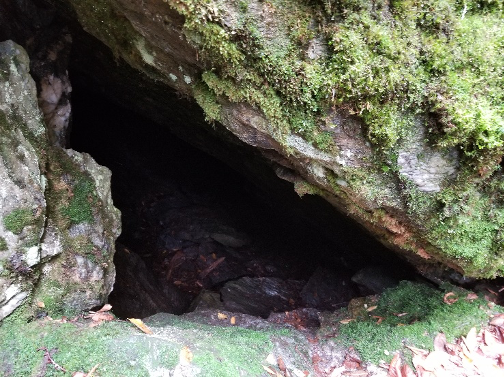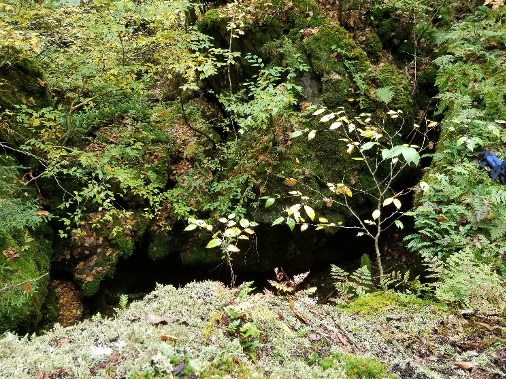All product user guides can now be found at our brand new Knowledge Base.
Background:
Bats are facing a crisis across Canada due to habitat loss, pesticide use, and the spread of white-nose syndrome. The Committee on the Status of Endangered Wildlife in Canada (COSEWIC) highlights that, due to insufficient data, it is difficult to assess the conservation status of many bat species. Within the Appalachian Corridor region in southern Quebec, three species—the Little Brown Myotis (Myotis lucifugus), Northern Myotis (Myotis septentrionalis), and Tri-colored Bat (Perimyotis subflavus)—are already listed as Endangered under Canada’s Species at Risk Act.
To fill the data gap, Appalachian Corridor, in collaboration with Conservation Chauve-Souris des Cantons-de-l’Est (CCSCE) and supported by the Habitat Stewardship Program (HSP), launched a monitoring project aimed at confirming the presence of bats and informing conservation priorities across their 3,500 km² territory.
Project Goal
To confirm the presence and monitor populations of endangered and threatened bat species across ecologically important private lands, and to prioritize habitats for protection.
Methodology
The project involved acoustic surveys during the summer and fall of 2019 and 2020, covering ten high-value conservation properties. Surveys included both mobile and fixed inventories using advanced acoustic monitoring technology:
-
Mobile inventories were conducted along 8–10 km transects using Echo Meter Touch Pro 2 devices to capture bat calls while traversing potential habitats.
-
Fixed inventories utilized SM4BAT FS Full-Spectrum Ultrasonic Recorders on each property for at least seven consecutive nights.
To analyze the recordings, Kaleidoscope software was used by bat acoustics specialist Victor Grivegnée-Dumoulin of CCSCE.
Findings (2019–2020)
The initial surveys confirmed the presence of seven bat species: Little Brown Myotis (Myotis lucifugus) – Endangered Northern Myotis (Myotis septentrionalis) – Endangered Tri-colored Bat (Perimyotis subflavus) – Endangered Red Bat (Lasiurus borealis) Silver-haired Bat (Lasionycteris noctivagans) Hoary Bat (Lasiurus cinereus) Big Brown Bat (Eptesicus fuscus) Among these, four species are currently listed or under consideration for protective status under federal or provincial law. Most notably, confirmed presence of endangered species has validated the region’s critical role in bat conservation.

Hibernaculum Monitoring
In fall 2019, acoustic monitoring was extended to three potential hibernaculum sites:
-
Quebec Copper Mine – Bats confirmed every night; notably Hoary Bat and a Big Brown Bat–Silver-haired Bat complex.
-
Nine Holes 1 – Regular detection of Northern Long-eared Bat, Myotis spp., and Big Brown Bat.
-
Nine Holes 2 – No detections recorded.
The Quebec Copper Mine site is now confirmed as the first natural hibernaculum within Appalachian Corridor’s territory. Further exploration of the Nine Holes sector has identified new candidate sites for future surveys.

Conservation Impact
The results have allowed Appalachian Corridor to:
-
Engage landowners with localized data and tailored conservation recommendations.
-
Promote habitat protection including mature forests, wetlands, and old buildings serving as roosts.
-
Encourage sustainable land-use practices (e.g., maintaining deadwood, preserving habitat corridors).
-
Explore legal conservation tools to protect key habitats permanently.


Next Steps
-
Continue monitoring confirmed and potential hibernacula.
-
Expand surveys across additional properties in 2025.
-
Mobilize community support via public outreach and citizen science initiatives.
-
Support long-term planning through habitat modeling and potential land acquisition.
Conclusion
The use of acoustic monitoring has transformed bat conservation efforts in southern Quebec, enabling precise detection of endangered species and the discovery of critical habitats like hibernacula. Through strong partnerships and technology, Appalachian Corridor is driving forward a data-driven approach to species protection.
